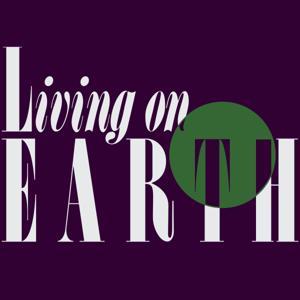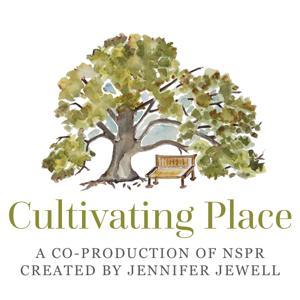In this episode of the podcast, Dr. Zach Portman discusses a new paper addressing the problem of ghost records in bee data. These records often lack physical specimens, creating challenges for verifying data of bee species. Dr. Portman explains the process and complications behind collecting and verifying bee data, emphasizing the importance of preserving specimens. The conversation also delves into the implications of ghost records for conservation efforts and taxonomy, proposing that funding agencies should require proper storage plans for collected specimens.
Links:
Portman, Z.M., Bruninga-Socolar, B., Chase, M.H., Harrison, T., Arduser, M., Tepedino, V.J. and Cariveau, D.P., 2025. Big data, changing taxonomy, and ghost records: permanent preservation of collected specimens is essential for insect monitoring. Annals of the Entomological Society of America, 118(4), pp.331-345: https://academic.oup.com/aesa/article/118/4/331/8197915
https://www.zportman.com




































